Nikkei index surged to new record today, signaling robust appetite for risk among Japanese investors, while Yen faces downward pressure, in particular against European majors. Consumer inflation data is in the spotlight in the upcoming Asian session.
Core CPI, which excludes food prices, is forecasted to decelerate from 2.3% to 1.8% in January, below BoJ’s 2% target for the first time in nearly two years. However, for the BoJ, the crucial figure lies in the core-core CPI (excluding both food and energy), which is awaited to see if it will decelerate from December’s 3.7%.
Governor Kazuo Ueda has consistently highlighted the significance of the outcomes from this year’s annual wage negotiations as a pivotal factor in determining the timeline for phasing out the negative interest rate policy.
With large businesses scheduled to conclude wage talks with unions on March 13, just days before BoJ’s next meeting on March 18-19, March is seen by some as a candidate for a rate hike. Yet, April, with the availability of new economic projections, remains a more plausible window for such policy adjustments.
However, any unexpected strength in the inflation report could fuel speculation about an earlier rate hike.
USD/JPY has been losing much momentum after breaking 150 handle. Threat of intervention by Japan could be a major factor keeping USD/JPY bulls from aggressive buying. Nevertheless, rally from 140.25 is still in tact as long as 148.79 support holds. But the path to 151.89/93 resistance zone would be slow.
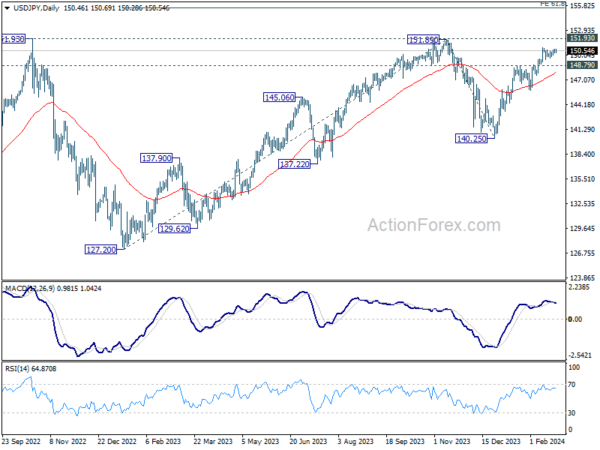
As for Nikkei, it should be rather undeterred by the inflation data. Near term outlook will stay bullish as long as 38095.14 support holds. Next target is 40k psychological level, or even further to 261.8% projection of 30538.28 to 33853.46 from 32205.38 at 41017.01.
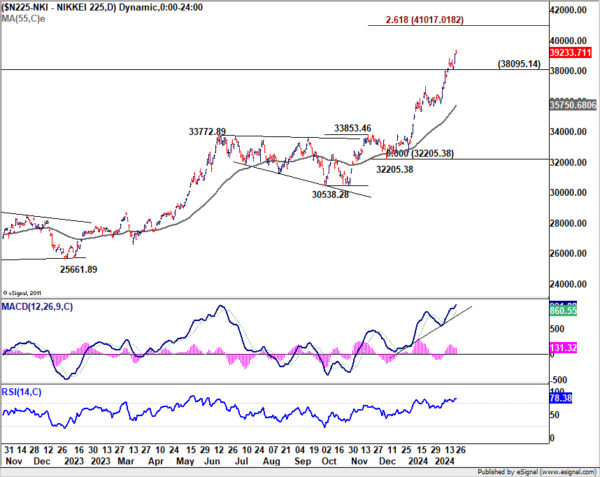




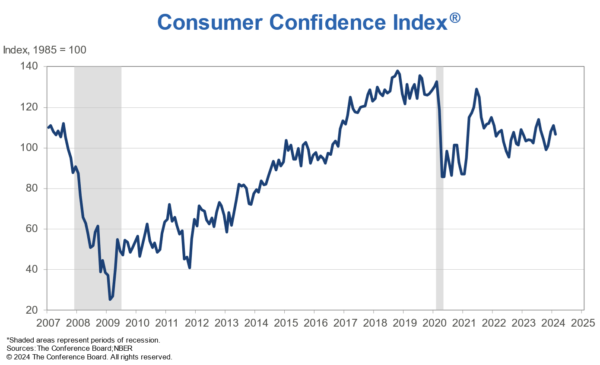
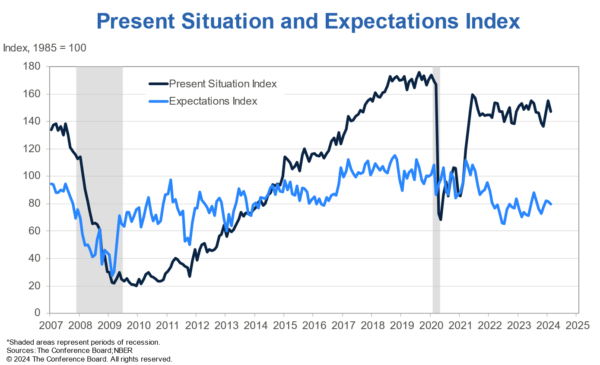
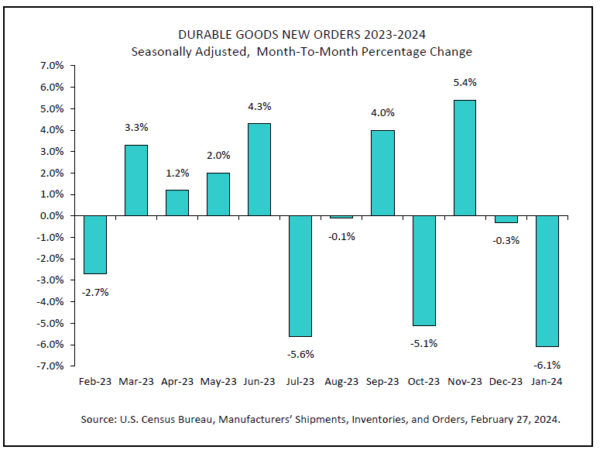
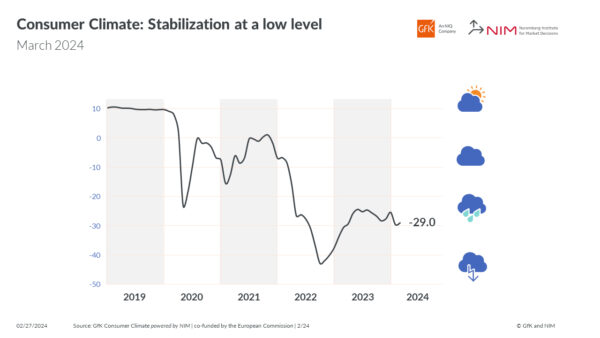


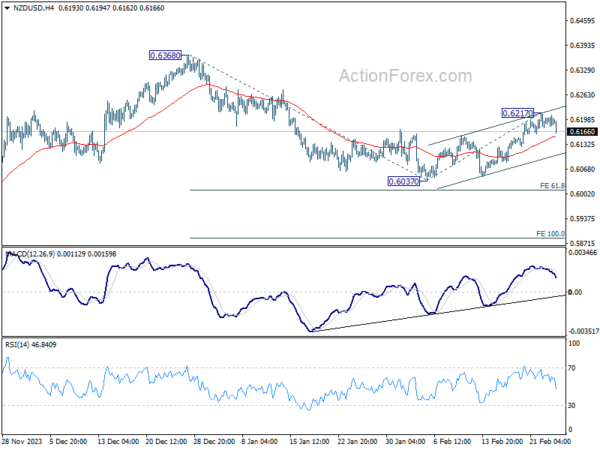
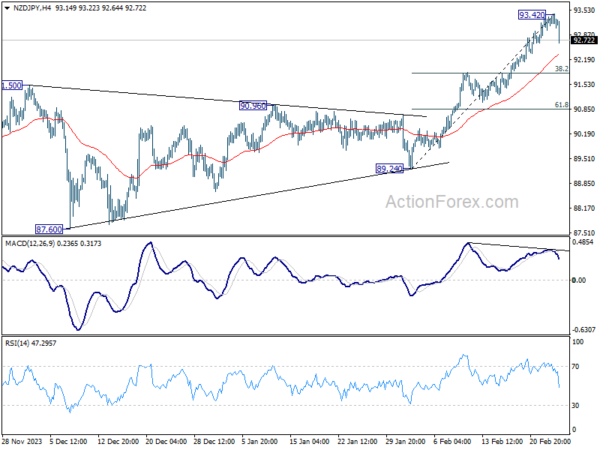
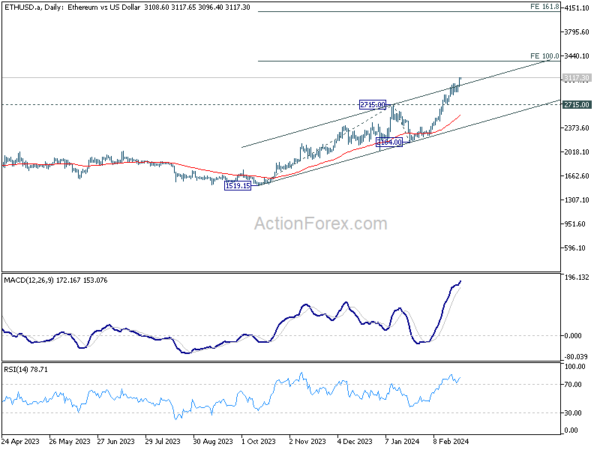
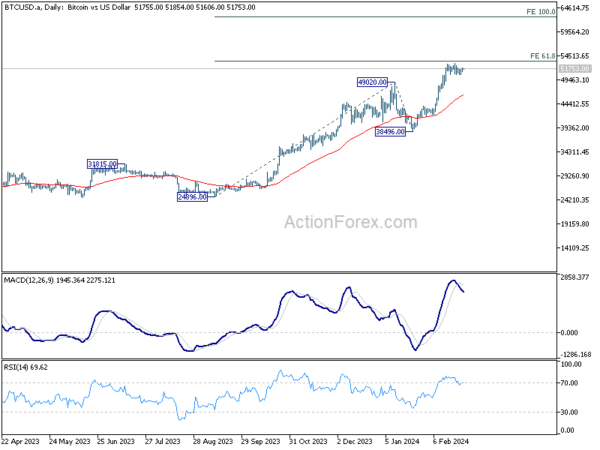
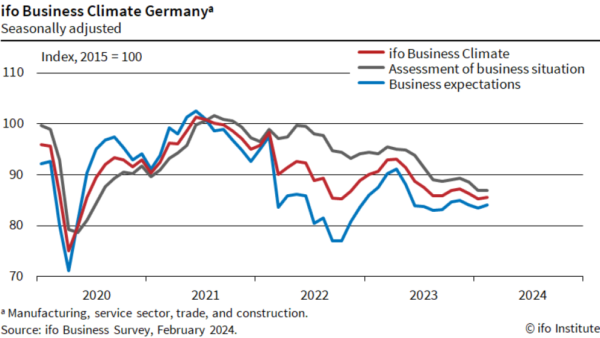
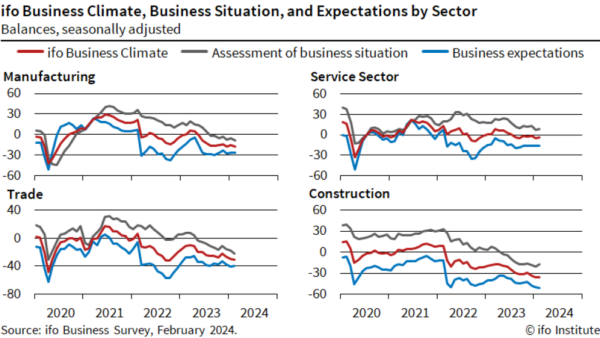
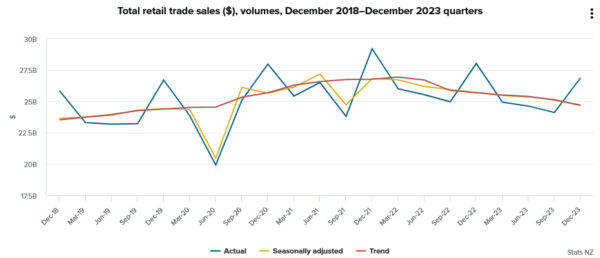

RBNZ keeps OCR at 5.50%, door still open for another hike
RBNZ decided to hold Official Cash Rate unchanged at 5.50%. The central bank expressed its confidence that the current OCR level is effectively restraining demand. However, it underscored the need for a “sustained decline in capacity pressures” to ensure that inflation re-aligns with 1 to 3% target range. This necessitates maintaining OCR “at a restrictive level for a sustained period of time”.
The updated economic forecasts in the MPS projects that CPI inflation will return to the target band by Q3 this year, then falls further to 2% midpoint by Q4 2025. These projections indicate a “slightly lower” inflation rate over the forecast period compared to previous estimates made in November.
Regarding future movements, the central bank anticipates OCR path to echo the trajectory outlined in the November MPS. It suggests OCR could peak at 5.6% in Q2 this year, leaving room for a marginal possibility of another rate hike.
Absent further increases, interest rate reductions are expected to commence in the Q2 2025, with OCR gradually decreasing to 3.2% by Q1 of 2027.
Full RBNZ statement here.